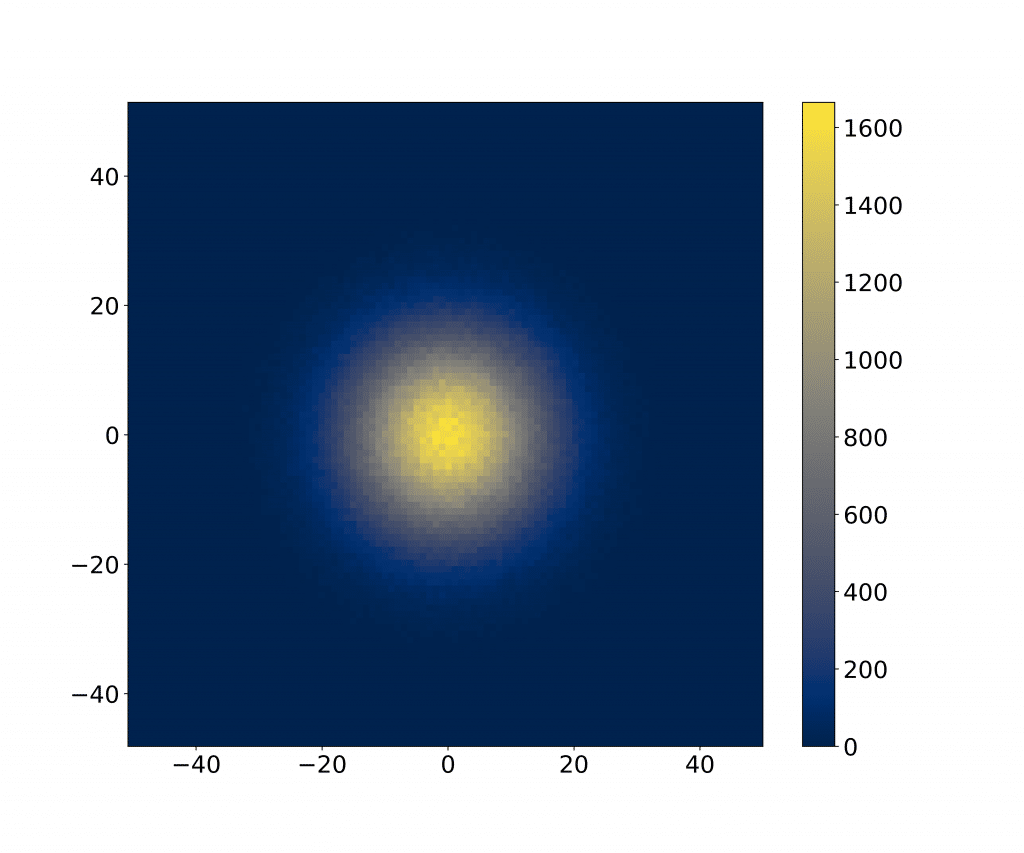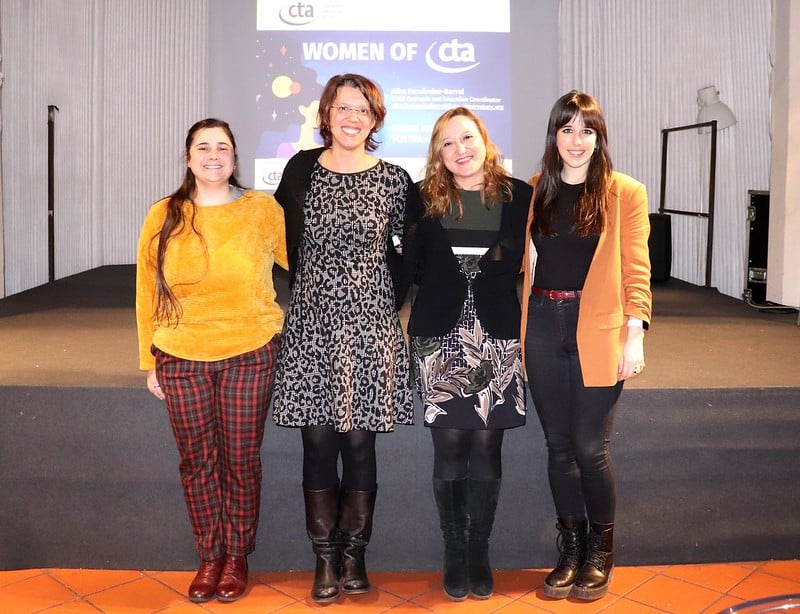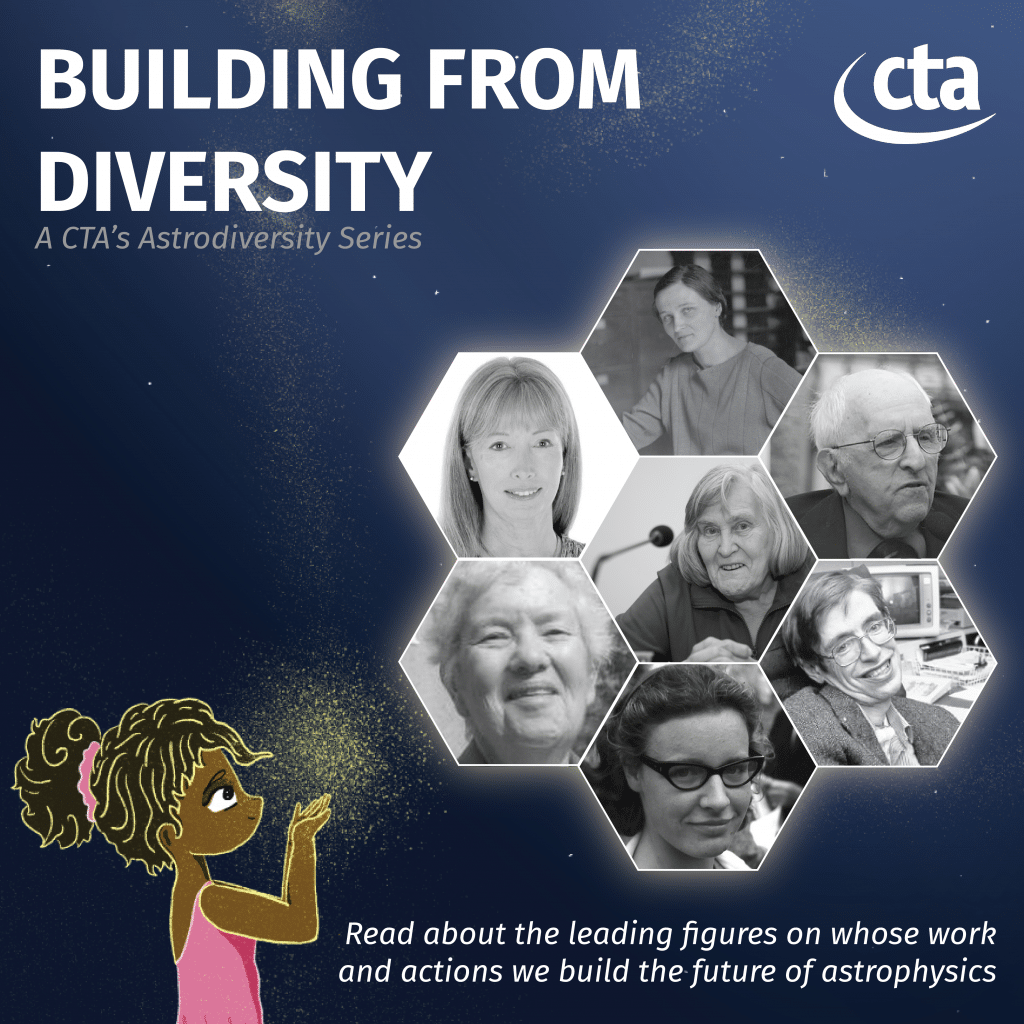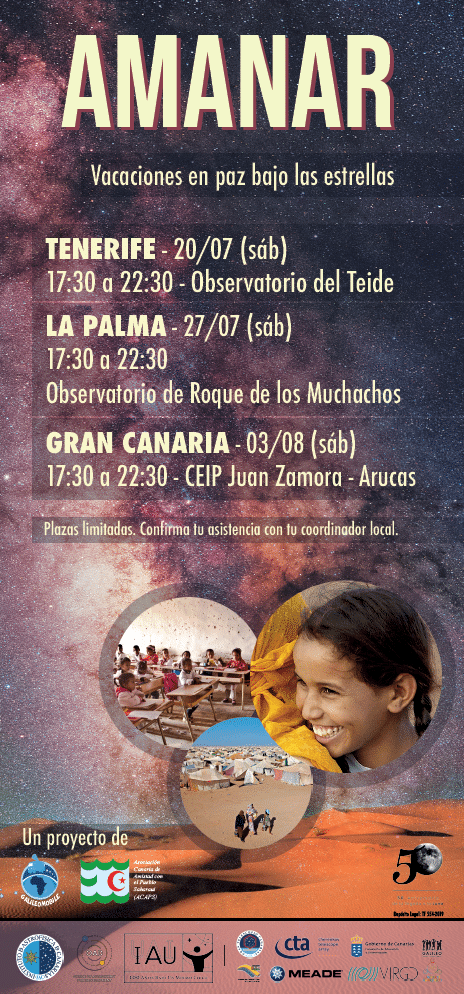What is Astrodiversity?
The CTAO would not be possible without the efforts of an international network of contributors from dozens of countries that work together to implement what will be the first open ground-based gamma-ray observatory and world’s largest and most sensitive gamma-ray detector. We are proud of our diversity and aim to be a reference for inclusion and respect in science, as well as to work internationally to achieve equity in our field. Diversity in our work is not only morally fair but also beneficial to the working environment, increasing creativity and providing different points of view that help to approach and solve problems. Based on this idea, the CTAO has created the Astrodiversity programme – an initiative to develop and implement activities organised under the diversity and inclusion framework.
Activities and Initiatives

Colour blindness (or colour vision deficiency, CVD) refers to a reduced capacity or complete incapacity to distinguish colours and affects approximately one in 12 men and one in 200 women [1]. The most common type of CVD is the red-green colour blindness, which despite its name, does not only affect the visibility of red and green but the whole spectrum of colours, as red and green are part of every other colour to some extent.
Considering that the CTAO is an international observatory, whose work reaches the public worldwide, all CTAO members and partners are encouraged to keep the following best practices in selecting suitable patterns and colour palettes for the publication of scientific and outreach plots in papers, posters and presentations, as well as to provide inclusive descriptions. These guidelines are considered during the review of material by the Speakers and Publications Office (SAPO) and the Outreach, Education and Communication Office.
The document is made available so that anybody can read, share and follow the guidelines to reach a more inclusive work space. If you have any comments or suggestions, send an email to Alba Fernández-Barral, CTAO Chief Communications Officer.
Download “CTAO’s Best Practices for Colour Blind Friendly Publications and Descriptions”
—

The pioneering event for this annual initiative honouring the International Day of Women and Girls in Science was initiated in Bologna on 11 February 2019. “Women of CTA” gathers three experts from the astrophysics and engineering fields to share their academic, professional and personal experience in science and contributions to the CTAO. The event was created as part of the global effort to raise awareness and find solutions to gender inequity and the overall under-representation of women in science. Despite international efforts to move equity forward, which is fundamental to developing a healthy and productive environment to achieve social and scientific goals, women still represent less than 30% of the total researchers worldwide [1]. Moreover, according to a United Nations study in 14 countries around the world, the probability of female students graduating with a Bachelor’s degree, Master’s degree or Doctorate degree in science are 18%, 8% or 2%, respectively, against the 37%, 18% or 6% for male students [2]. The disparity is also visible through the so-called “Leaky Pipeline:” a metaphor used to illustrate how women enter the field at a higher percentage but drop off as they move to the higher stages of their career. And at an even more fundamental level, girls run into gender stereotypes before starting undergraduate degrees, deterring them from pursuing scientific/technological careers compared to degrees in humanities. As one of the important factors that gives rise to these disparities is the reduced visibility of female leaders and their achievements in STEM (science, technology, engineering and mathematics) careers, we hope that highlighting women who are leading and contributing to the CTAO will create a spark for girls and women interested in or already pursuing a STEM career.
—
[1] http://uis.unesco.org/en/topic/women-science
[2] http://www.un.org/en/events/women-and-girls-in-science-day/index.shtml

Monthly series of articles featuring leading figures from underrepresented groups in science, whose work and actions have changed the scientific knowledge and helped create a more inclusive and open environment. Written by CTAO and CTAC members, as well as external collaborators from partner institutions, each month we will delve into the work and lives of these researchers through short articles published on the CTAO website. Read the articles on the dedicated webpage.

“AMANAR: Under the same sky” is an initiative to promote and support the scientific education and the development of scientific skills of children living in the Saharawi refugee camps in Tindouf (Algeria) through the observation and understanding of the Universe, as well as to encourage peace, common understanding and a sense of world citizenship under the same sky. Conceived by the international organization GalileoMobile and the Asociación Canaria de Amistad con el Pueblo Saharaui (ACAPS), the project combines outreach activities and visits to the Canary observatories with the children in July and August as part of their summer in the Canary Islands with the “Holidays in Peace” program, as well as visits to the refugee camps by a group of scientists and experts. The CTAO is an active partner in this project, supporting the organization of activities in the Canary Islands and the provision of educational material for the camp visits. The programme initiated in 2019 and it is still active. In 2022, activities were carried out in other regions of Spain and further activities are expected in other countries. In 2020, and due to the COVID-19 restrictions, activities were carried out online in the special “e-AMANAR” programme.
Contact the CTAO Communications Office for more information or to collaborate.




